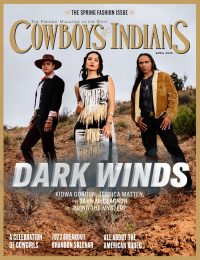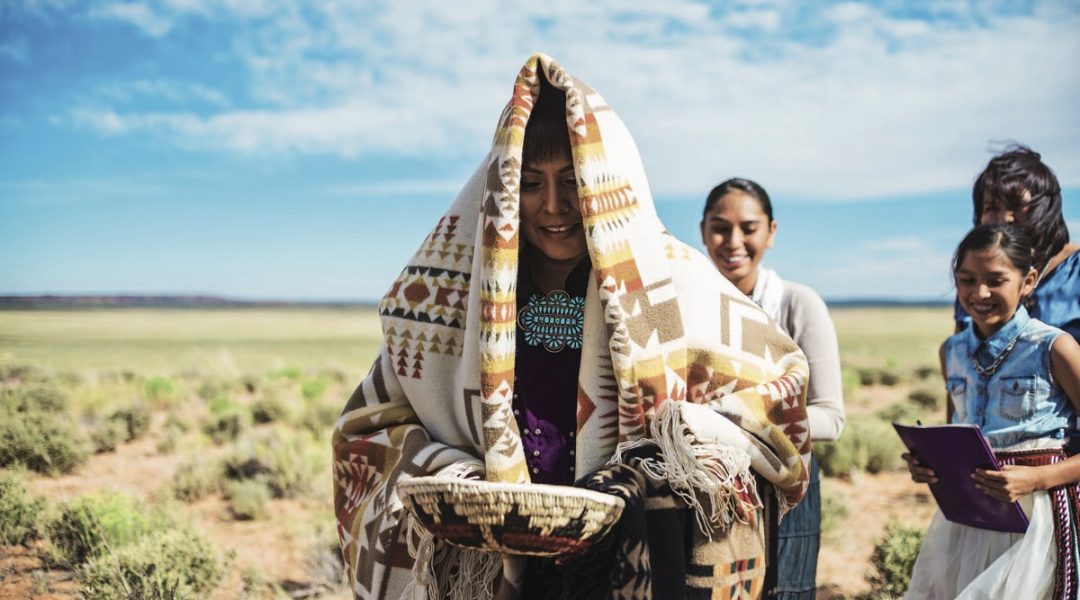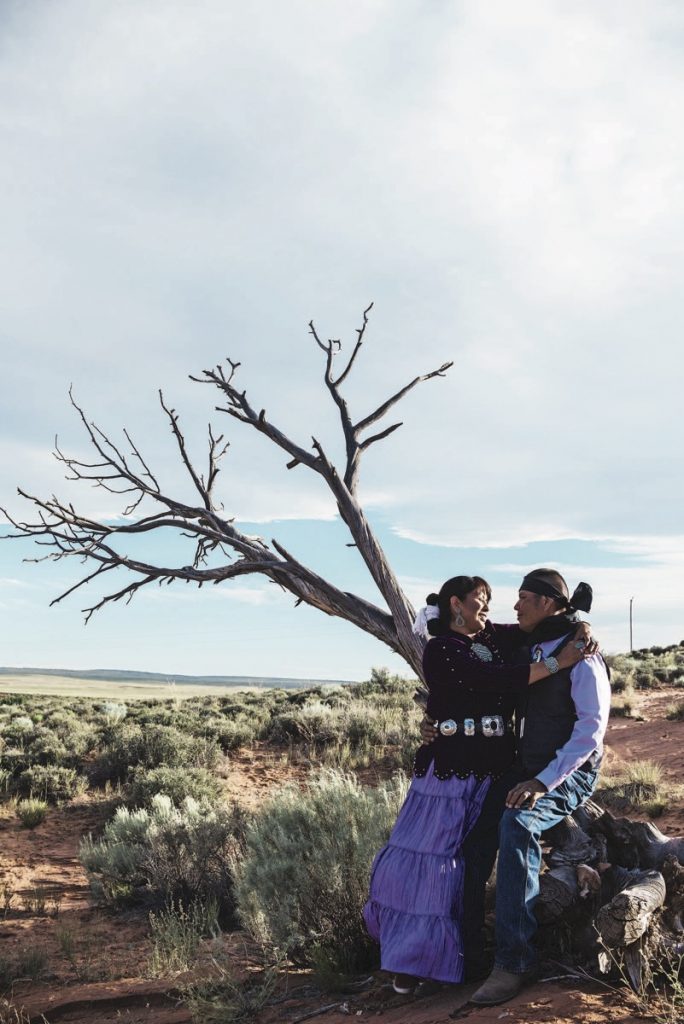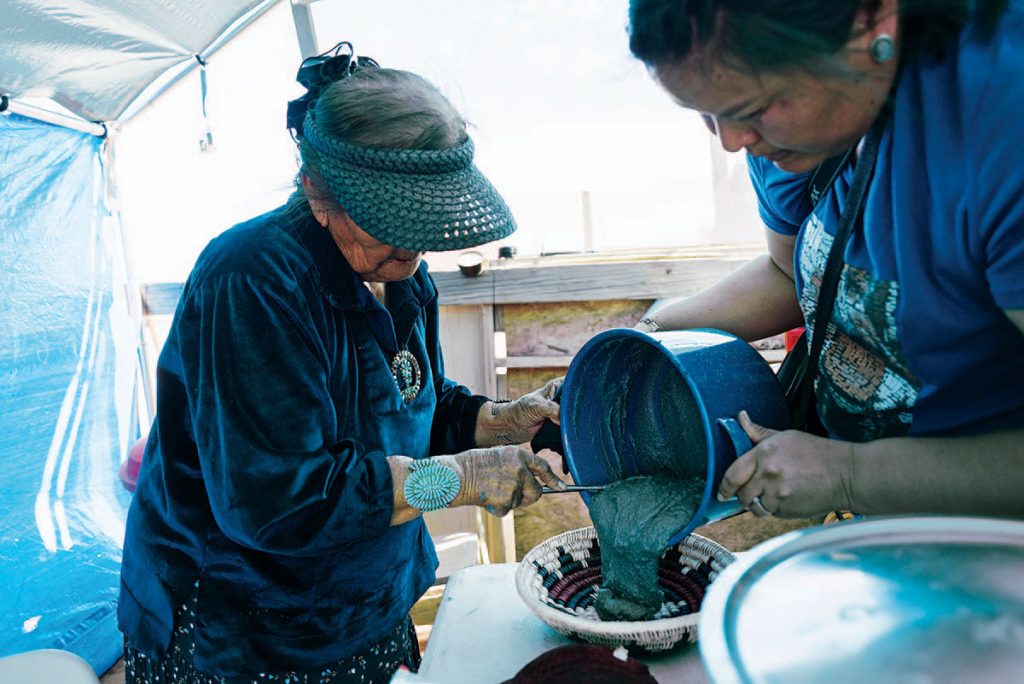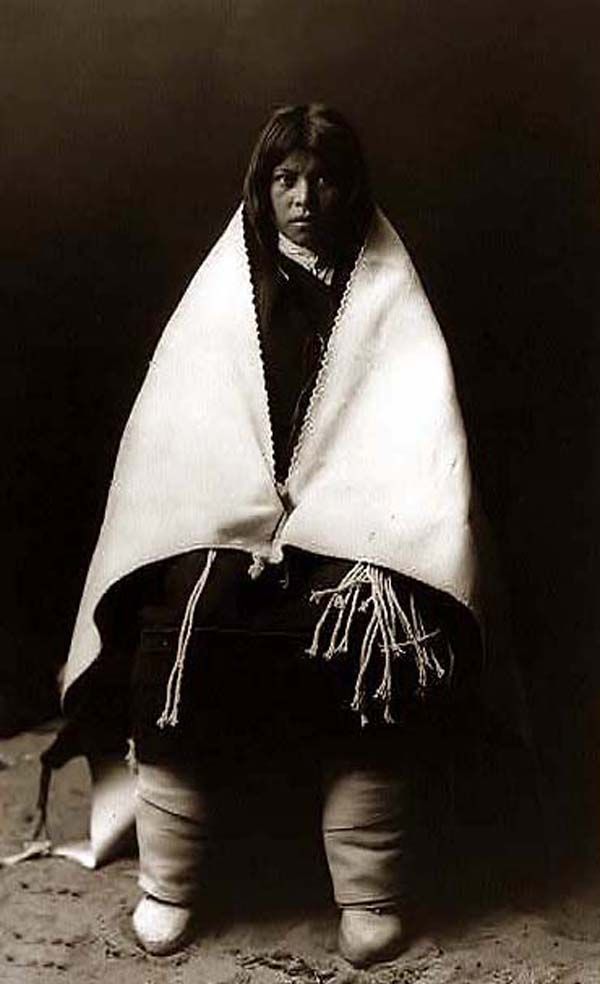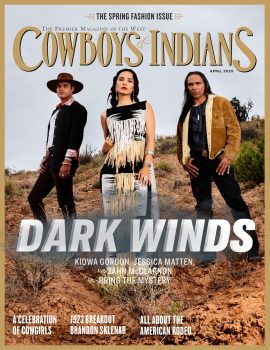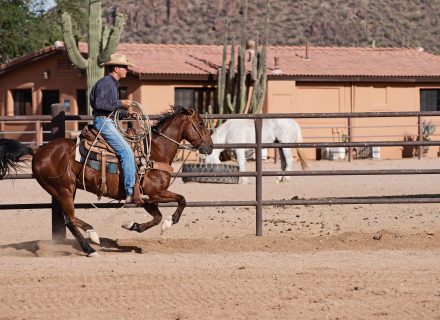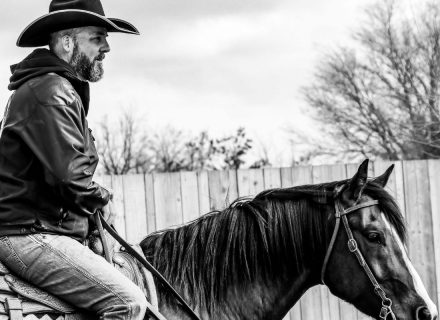These Hopi and Navajo wedding customs celebrate commitment, community, and harmony.
Indigenous unions tend to emphasize intention and commitment over material display, with wedding ceremonies and celebrations focusing less on attire, rings, and registries and more on family and community. “A Navajo wedding is more than the uniting of two people,” says Mark Bahti, author of numerous books about Indigenous culture, including Pueblo Stories & Storytellers. “It is the joining together of families, clans, and community.”
Underpinning that union is tangible proof of readiness. Preparations for a traditional Hopi wedding — such as gathering enough corn — might start a year or more in advance. “The man’s family/clan must provide the bride’s traditional woven clothing and meat (butchered sheep, steers, or deer) just prior to the wedding ceremony, while the bride’s side must provide corn meal, piki bread, sacks of flour, breads, and many types of baked goods,” Bahti says. “The huge quantity of corn meal can take a couple of years to gather. Bins, barrels, and large trash cans of shelled corn begin to accumulate in homes on the bride’s side.”
We asked Bahti to explain more about some of the specific customs and rituals of traditional Hopi and Navajo weddings.
Navajo Weddings
“Traditional Navajo weddings are done at sundown. The bride was not to be seen by the sun or sunlight, so she covers her head — usually with a Pendleton blanket — as she approaches the hogan in which they will be married.
“In many instances, a new hogan will be constructed for the ceremony. Additionally, a custom still often adhered to is the arrival of the groom and his family at the bride’s family home on horseback just before sunset. In such cases, the groom’s saddle is taken off the horse and placed inside the bride’s house.
“Fundamentally, the wedding structure rests upon the Blessingway — a Navajo ‘Way’ or ceremony used for other purposes as well — and brings blessings to all present.
“The wedding basket or ts’aa’ (to hold cornmeal for both prayers and blessings, not just in weddings) is used. The basket is always placed so that the opening faces east, a sacred direction as that is where the sun rises and therefore a direction from which no harm or evil can come.
“An hataałi (literally “singer” or medicine man in English) who knows the Blessingway opens the ceremony with a prayer blessing. A cornmeal mush, taa’niil, is placed in the basket and blessed with corn pollen by the hataałi. (Blue corn meal is the preferred corn meal for the mush.) Water from a gourd is given to the couple to take turns in washing each other’s hands before eating, symbolizing purity — a cleansing.
“The couple, seated so that they face east, alternate eating pinches of the cornmeal mush, in a directionally determined manner, beginning in the east and moving in a sunwise direction. Some say the directions sequence represents four stages of life.
“Near the end of the ceremony, the hataałi will lecture the couple on their new relationship, marital duties, and responsibilities, and how they should behave toward each other and each other’s families. Frequently, older family members will also, in turn, offer advice.”
Hopi Weddings
“Since the couple must be from different clans (though the children will always belong to the mother’s clan), the ceremony and its extensive preparations are the obligation of two clans. It is the older women of the family who take the lead in organizing the activities, extensive exchanges, rituals, and meals.
“The man goes to the woman’s home, now obligated to farm her fields, and a good-natured mud fight ensues over the ‘stealing’ of the man by the bride’s family.
“The first part of the ceremony itself involves the bride going to the groom’s home for many days to grind corn and cook — in short, to prove she can care for and feed her husband.
“As the exchange begins, just prior to the wedding, truckloads of meat are brought to the bride’s home, and pickup after pickup deliver cornmeal, sacks of flour, and baked goods to the groom’s family. Much of these huge amounts of food will be cooked for the guests who will participate over the next several days.
“Part of the ceremony is the ritual washing of their hair, something that happens in other instances when someone is brought into a family, whether by birth, adoption, or for ceremonial reasons. The couple’s hair is traditionally braided together briefly at this time to symbolize the joining together of their lives.
“At the end of the feasting and blessings, before they leave for the bride’s home to start their life as a married couple, they are lectured by members of both families as to how they should behave as a married couple — toward each other, their respective families and clans, and toward their children.
“But that is not the end. The bride now needs to pay back all her female relatives for their help and food donations. The ‘payback,’ as it is called, must be done in a different currency: Hopi baskets, several dozens of baskets in most cases. This requires paying for baskets — sometimes with gas, but often with the traditional form of exchange: baskets. Seven bushels of corn yields about 50 pounds of shelled corn, and while that may cover one wicker plaque, far more is required for even a modest-size coiled basketry plaque, and a number of very large ones are called for. It’s not surprising then that gathering enough baskets for the payback may [take] several years.”
Bahti says one similarity between these traditional Navajo and Hopi wedding customs particularly stands out: “They both stress the need for their marriage to reinforce the community and harmony.”
Mark Bahti first helped out at a traditional Hopi wedding — from hauling sacks of flour to the mud fight — when he was 16. Born and raised in Tucson, he has been the proprietor of Bahti Indian Arts for nearly 50 years, a business his father established in 1949. Bahti is the author of numerous books — including Pueblo Stories & Storytellers and Navajo Sandpainting Art (coauthored with Eugene Baatsoslanii Joe) — and has served as a board member of the Southwest Association of Indian Arts, the Tucson Indian Center, and the Foundation Board of the Institute of American Indian Arts.
From our February/March 2022 issue
Photography: (Navajo images) LeahandMark & Co.; (Hopi image) Library of Congress



